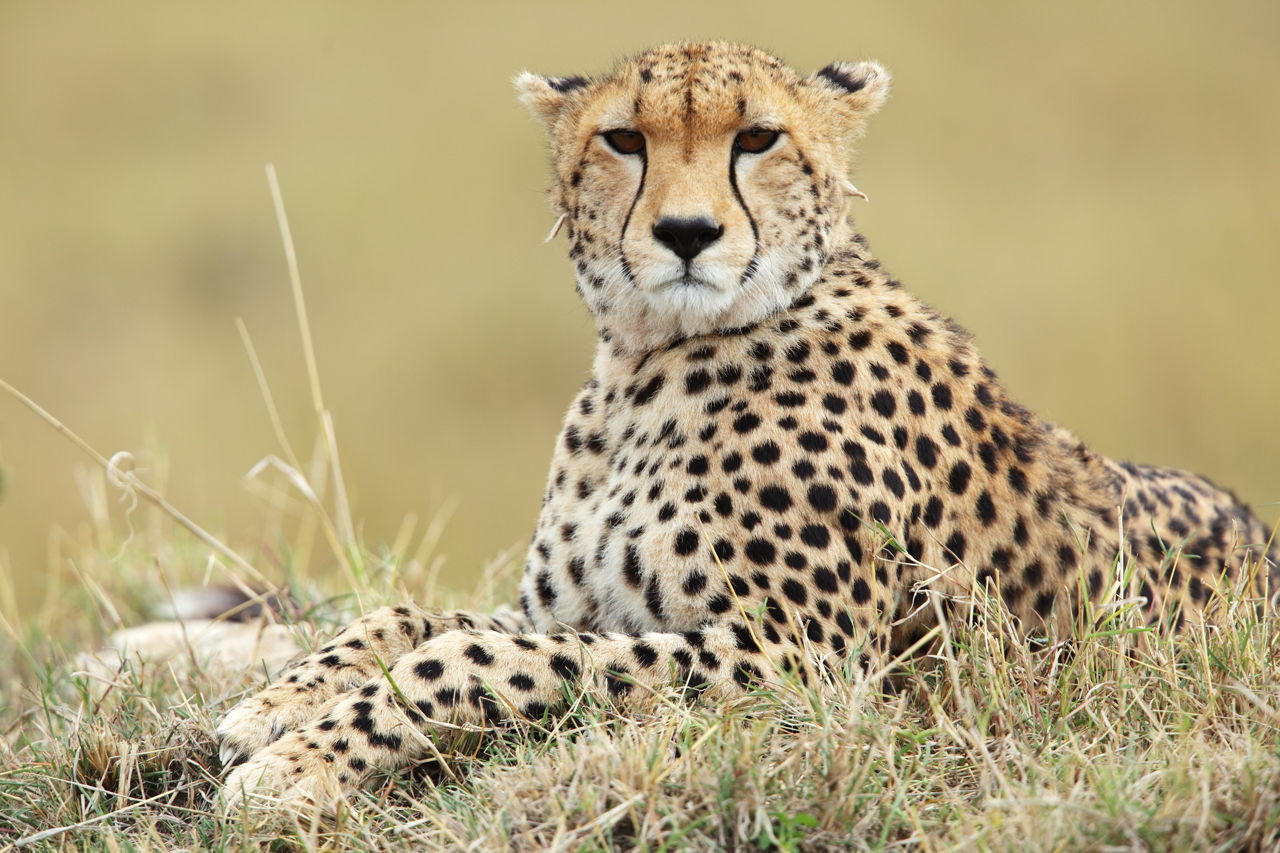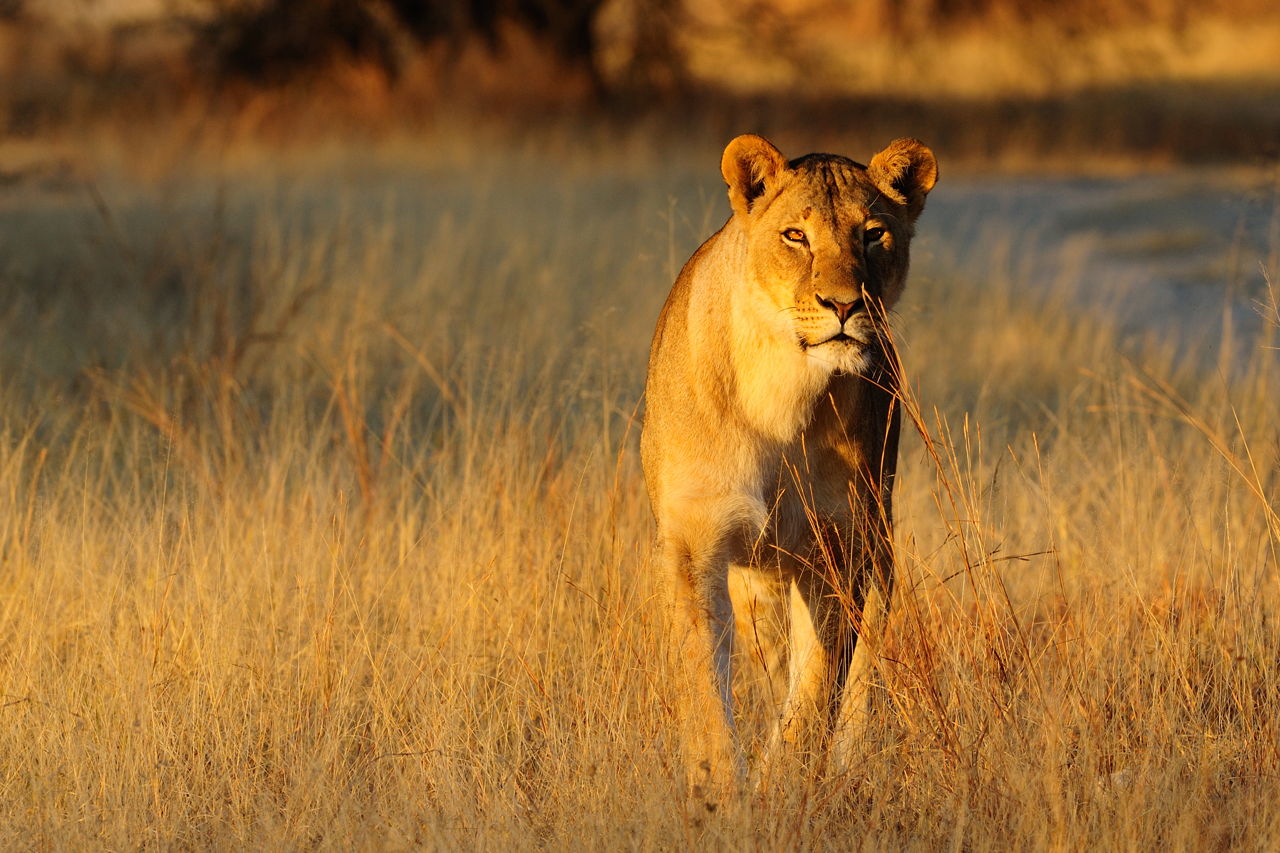Grassland Animal Adaptations Examples

What are some examples of animals that have adapted to live in the South American grasslands.
Grassland animal adaptations examples. Large numbers of birds grazing mammals reptiles insects and predators live throughout the grasslands of the world. Camels long leg eyelids hump are all examples of adaptation. Camouflage When an animal is well hidden in its environment we say that it is using camouflage.
Plant Adaptations in the Grasslands Biome Plants have many adaptations to survive the Grasslands Biome. Prairie dogs also have whiskers that they use for balance so when they walk they wont fall over. Animals of the Grassland.
Grassland is a product of animal behavior and movement some examples are the migratory herd of African bush elephants which eating the acacia saplings before they grow into a mature tree. Behaviors that animals are born knowing how to do are instincts. For animals and plants living in it the ocean is actually a vast kaleidoscope of habitats and all of them differ in temperatures acidity pressure and multiple other conditions.
Some of these adaptations make it easy to identify which group an animal belongs to. This enables them to survive the fires that commonly occur in the dry hot climate of grasslands. Why do animals in grassland show adaptation like camouflage.
Camouflage in Nature She lays down in the grass and disappears. Animals and plants must be able to adapt to the two seasons summer and winter of the Grasslands. The animals found in grasslands range from African elephants Loxodonta africana to various species of prairie dogs Cynomys sppLow rainfall wildland fires and grazing by animals are three factors that maintain grasslands.
Animals that live in the grasslands like the bison have specialized teeth and digestive systems that help in breaking down the tough grass. To protect itself from the blowing sand of the desert a camel has two rows of long and thick eyelashes. Animals which are found in savannas such as wildebeests zebras and African elephants migrate thousands of miles in search of food and water.



















